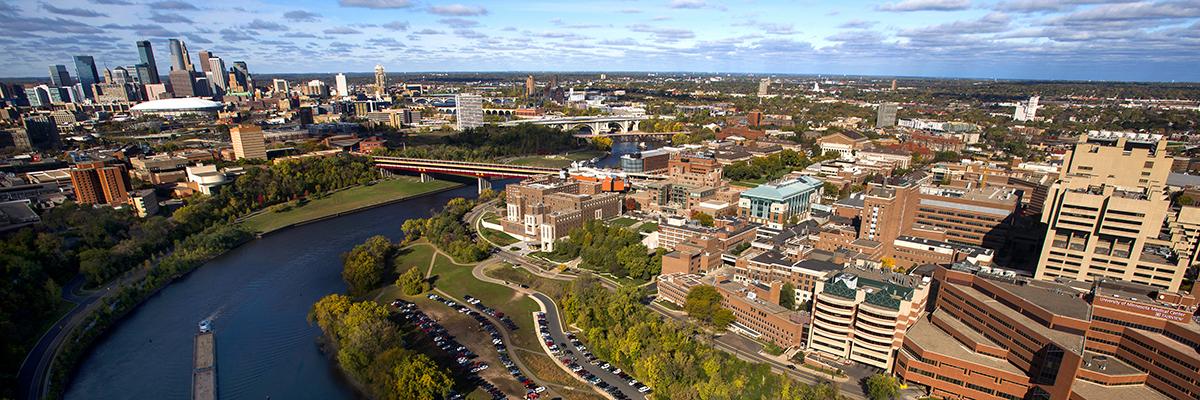
How much will my project cost? The VVCC is non-profit entity, and we are able to keep our fees low for UMN investigators due to the generous support of institutional partners including the Department of Pharmacology, Medical Discovery Team on Addiction, MnDRIVE, Institute for Translational Neuroscience, and the Masonic Cancer Center. For UMN investigators, custom cloning projects start at $425 (scaling upwards with complexity) and AAV viral packaging projects start at $395 (no plasmid maxi-prep required). External Investigators should contact the VVCC manager for information regarding external service fees. Following consultation with the VVCC manager, the client receives a formal quote from the VVCC reflecting the unique features of the project.
What source material will the VVCC accept for a custom cloning or packaging project?Sequence-validated plasmid DNA is the only acceptable starting material for VVCC-related projects. We will not accept cells or cell extracts, mRNA samples, PCR products, or other non-plasmid RNA or DNA materials as templates for custom cloning projects. We have unfortunately encountered some instances of problems with plasmids procured from commercial vendors, as well as materials provided by our clients. These problems result in time- and reagent-consuming trouble-shooting, or may not be realized until after vectors are prepared. As such, packaging or cloning projects involving materials obtained from external sources will require pre-validation using diagnostic restriction enzyme tests and sequencing before any work will proceed. Similarly, source materials provided by the client must be accompanied by complete DNA sequence information, allowing the VVCC to conduct limited diagnostic restriction enzyme testing. Any costs related to pre-validation of source materials will be included in the service quote provided to the client prior to project initiation. Please note that procurement of relevant source DNAs and related Material Transfer Agreements is the responsibility of the client.
How long will it take to complete my project? The timeline for a custom cloning project depends on its complexity, the quality of source DNA provided, and our current workload. While a project involving 1 sub-cloning step will generally take 2-4 weeks to complete once all source DNAs are in-hand, sub-cloning can be unpredictable and we appreciate your patience if and when setbacks occur. Most AAV and lentiviral packaging projects can be produced within 3-4 weeks after receipt of the items required to initiate virus production. If a project requires multiple sub-cloning steps, significant investments in primers and plasmids, extensive sequencing, and/or reagent validation, timelines and rates will scale accordingly. The VVCC reserves the right to decline to pursue a project if it is overly complex or likely to require extensive trouble-shooting.
What AAV serotypes are available to my project? We have completed AAV packaging projects involving AAV1, AAV2, AAV5, AAV6, AAV8, AAV9, AAVDJ, AAVPHP.eb, AAVrh10, and AAV2retro serotypes, and are happy to work with you to determine the optimal serotype for your needs.
How do I acknowledge support from the VVCC in a manuscript, poster, or oral presentation? We ask you to consider including VVCC staff as co-authors if they provide substantial intellectual input to the study. In all cases, include the following statement (or suitable alternative): All viral vectors used in this study were generated by the University of Minnesota Viral Vector and Cloning Core (Minneapolis, MN).
Will the VVCC provide a letter of support for my grant application? Absolutely! Please send requests for letters of support to [email protected]; we will work with you to develop a project-specific letter that can be included with your grant application.
How should I store my viral vector? AAV vectors are stable if stored at -80oC. Viruses with a lipid membrane (e.g., lentiviruses), however, can experience a ~10-fold reduction in titer for every 6 months of storage at -80oC. Accordingly, the VVCC recommends that lentiviral vectors are used within 2-3 months of production unless the titer far exceeds what is required for the project. In addition, it may be better to order smaller lots of virus repeatedly rather than one large lot.
Why does viral titer vary from project-to-project? Project-specific shuttle vectors are the main variable in packaging projects. When viral production fails or titer is low, therefore, the problem can typically be traced back to the shuttle vector. Expression of genes in virus-producing cells may inhibit viral production as this process depends on host cellular infrastructure and overall health. Typically, highest titers are obtained when vectors encode “innocuous” genes or when the promoter is weak in virus-producing cells.